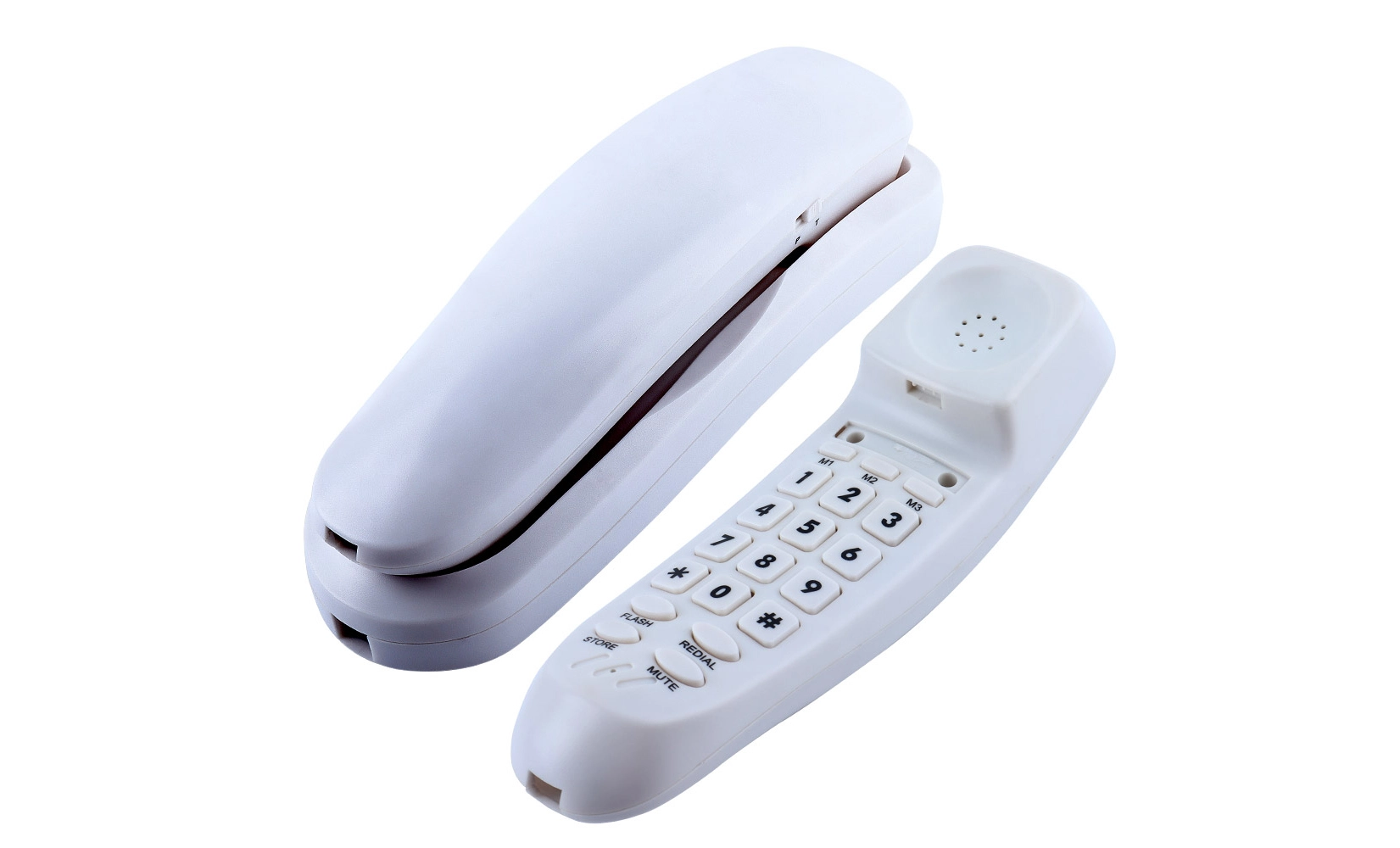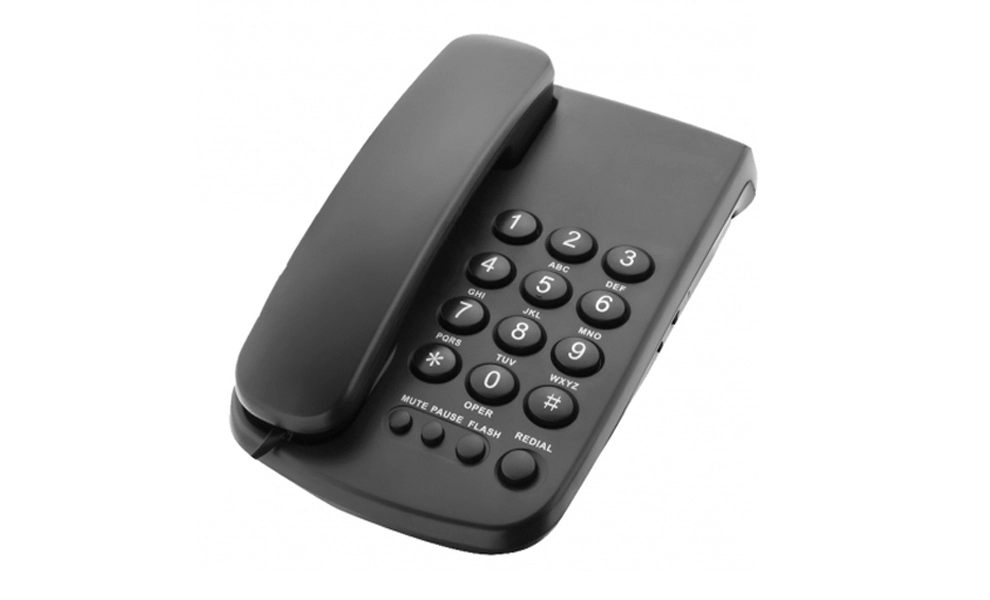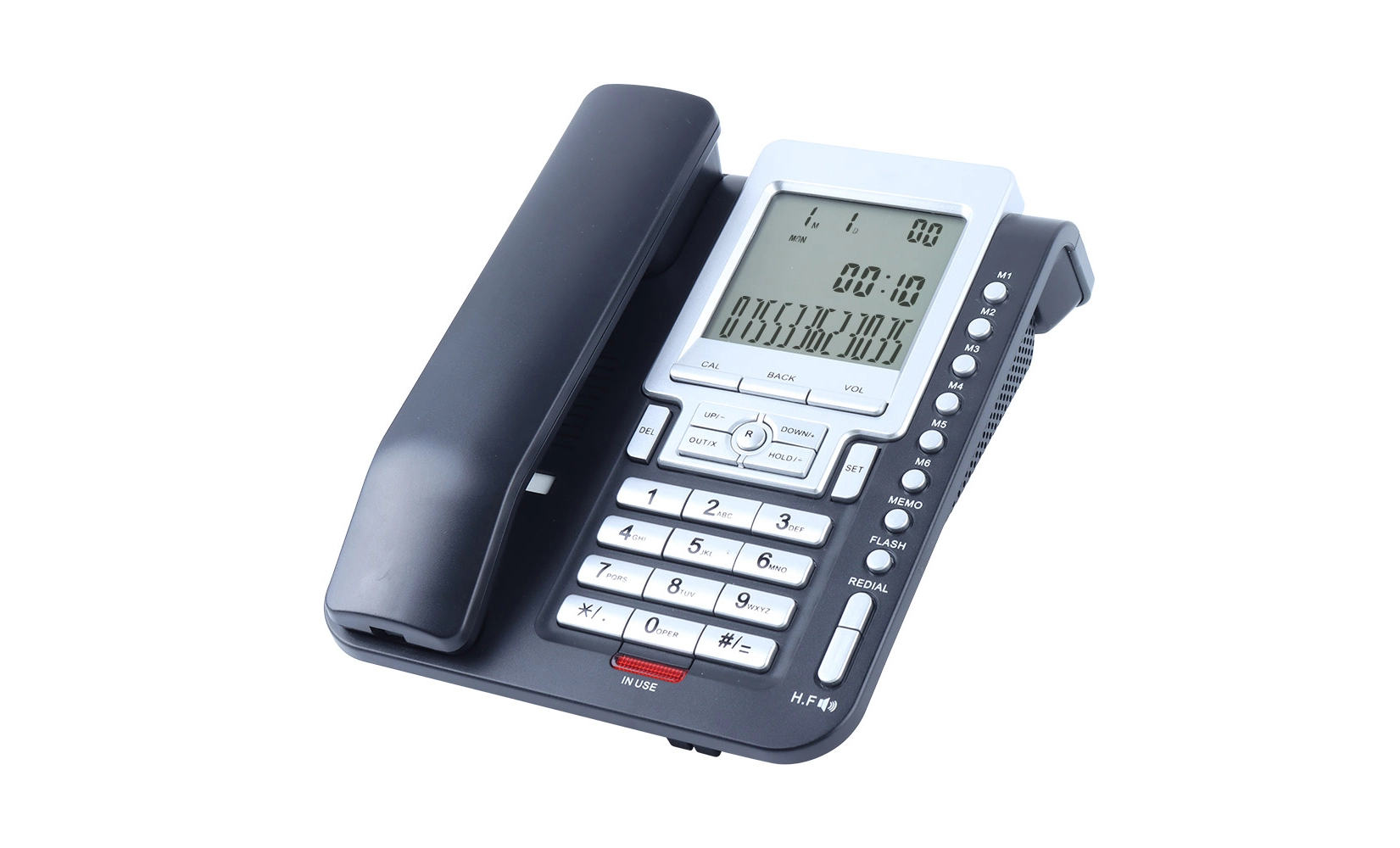The Trimline Telephone: Shaping the Modern Phone Experience
 The trimline telephone, a revolutionary design introduced in the 1960s, has left an indelible mark on the modern phone experience. This sleek and compact device transformed the bulky rotary phones of the past into a streamlined, user-friendly communication tool. With its innovative integration of the dial into the handset and its ability to illuminate for nighttime use, the trimline telephone set new standards for ergonomics and functionality. Its impact extends beyond aesthetics, influencing the development of subsequent phone designs and paving the way for the portable communication devices we use today. The trimline's legacy continues to shape our expectations of what a telephone should be: efficient, elegant, and easy to use.
The trimline telephone, a revolutionary design introduced in the 1960s, has left an indelible mark on the modern phone experience. This sleek and compact device transformed the bulky rotary phones of the past into a streamlined, user-friendly communication tool. With its innovative integration of the dial into the handset and its ability to illuminate for nighttime use, the trimline telephone set new standards for ergonomics and functionality. Its impact extends beyond aesthetics, influencing the development of subsequent phone designs and paving the way for the portable communication devices we use today. The trimline's legacy continues to shape our expectations of what a telephone should be: efficient, elegant, and easy to use.
The Evolution of the Trimline Telephone
Birth of a Design Icon
The trimline telephone emerged as a response to the growing demand for more compact and stylish communication devices in the mid-20th century. Designed by Henry Dreyfuss Associates for Bell System in 1965, this innovative phone model marked a significant departure from the bulky rotary phones that had dominated households for decades. The trimline's most distinguishing feature was its integration of the dial or keypad directly into the handset, creating a sleek, uninterrupted line that gave the phone its name.
This groundbreaking design was not just about aesthetics; it represented a fundamental shift in telephone ergonomics. By placing the dial on the handset, users could now make calls without having to return the handset to the base, a feature that was particularly appreciated by those with mobility issues or those who preferred to move around while on the phone. The trimline's compact base also meant it could fit comfortably on smaller surfaces, making it ideal for bedside tables or cramped office desks.
Technological Advancements
As the trimline telephone evolved, it incorporated several technological advancements that further enhanced its appeal. One of the most notable was the introduction of touch-tone dialing, which replaced the rotary dial with push buttons. This not only made dialing faster and more accurate but also paved the way for interactive phone services that relied on keypad input.
Another significant innovation was the integration of a small light in the dial pad, activated when the handset was lifted. This feature made nighttime dialing much easier and safer, eliminating the need to fumble for a light switch in the dark. Some models even included a "night light" function that kept the dial illuminated at a low level when the phone was not in use, serving as a subtle nightlight in bedrooms or hallways.
Impact on Telephone Design
The trimline telephone's influence extended far beyond its own production run. Its sleek, minimalist design philosophy inspired countless subsequent phone models, both corded and cordless. The concept of integrating essential components into the handset became a standard feature in many modern telephones, culminating in the all-in-one designs of today's smartphones.
Moreover, the trimline's emphasis on user-friendly design and ergonomics set a new standard for telephone manufacturers. It demonstrated that phones could be both functional and aesthetically pleasing, a concept that has become increasingly important in our design-conscious world. The trimline's legacy can be seen in the curved, ergonomic shapes of many contemporary phone handsets, as well as in the compact, space-saving designs of modern communication devices.
The Trimline Telephone in Popular Culture
A Symbol of Modernity
The trimline telephone quickly became more than just a communication device; it evolved into a cultural icon that represented modernity and progress. Its sleek design and advanced features made it a status symbol in many households and offices. The trimline was frequently featured in movies and television shows of the 1960s and 1970s, often associated with characters who were portrayed as trendy, successful, or forward-thinking.
This cultural significance extended beyond its on-screen appearances. The trimline telephone became a common sight in hotel rooms, symbolizing luxury and convenience for travelers. Its presence in a home or office signaled an appreciation for design and a willingness to embrace new technology. The trimline's iconic status was further cemented when it was featured in museum exhibitions dedicated to industrial design, recognized for its role in shaping the aesthetics of everyday objects.
Nostalgia and Collectibility
As digital technology has largely replaced traditional landline phones, the trimline telephone has taken on a new role as a nostalgic artifact. For many, it evokes memories of a time when phone conversations were more deliberate and focused, unencumbered by the distractions of modern smartphones. This nostalgia has fueled a growing interest in vintage trimline models among collectors and retro enthusiasts.
Original trimline telephones, particularly those from the 1960s and 1970s, have become sought-after collectibles. Their enduring appeal lies not only in their historical significance but also in their timeless design, which continues to look modern despite being decades old. Some collectors focus on specific colors or models, while others appreciate the trimline as part of a broader collection of mid-century modern design objects.
 Influence on Contemporary Design
Influence on Contemporary Design
The design principles embodied by the trimline telephone continue to influence contemporary product design, particularly in the realm of communication devices. The emphasis on sleek, minimalist aesthetics and user-friendly functionality that the trimline pioneered can be seen in the design of modern smartphones, tablets, and even smart home devices.
Many current designers and manufacturers draw inspiration from the trimline's successful balance of form and function. The concept of integrating multiple features into a single, streamlined device is a direct descendant of the trimline's innovative design. Even as technology has advanced far beyond the capabilities of the original trimline, its influence on the way we think about and interact with our communication devices remains evident.
The Future of Landline Telephones in a Digital Age
Adapting to Changing Communication Needs
While the prevalence of mobile phones has led to a decline in landline usage, the principles established by the trimline telephone continue to shape the evolution of home and office communication devices. Modern landline phones have adapted to changing needs by incorporating features such as caller ID, answering machines, and even integration with mobile networks. These advancements allow landline phones to remain relevant in an increasingly wireless world.
Some contemporary landline phones have taken design cues from the trimline, offering sleek, compact models that blend seamlessly with modern decor. These phones often feature large, easy-to-read displays, illuminated keypads, and ergonomic handsets that echo the user-friendly design of their trimline predecessors. Additionally, many models now offer cordless handsets, combining the reliability of a landline with the convenience of mobility within the home or office.
Niche Markets and Specialized Applications
Despite the overall decline in landline usage, certain sectors continue to rely heavily on traditional telephone technology. Healthcare facilities, emergency services, and some business environments still prefer the reliability and clarity of landline connections. In these settings, phones inspired by the trimline's efficient design continue to play a crucial role.
There's also a growing market for retro-styled phones that combine vintage aesthetics with modern functionality. These phones appeal to consumers who appreciate the nostalgia and tactile experience of a traditional handset but still want access to contemporary features. Some manufacturers have even created modern reinterpretations of the trimline telephone, updating its iconic design with current technology to meet the needs of today's users.
The Enduring Legacy of the Trimline
While the future of landline telephones may be uncertain, the legacy of the trimline telephone endures in the principles it established. The focus on user-centered design, the integration of form and function, and the push for miniaturization and efficiency continue to guide the development of communication devices. Whether in the sleek lines of a smartphone or the intuitive interface of a video conferencing system, the influence of the trimline telephone can still be felt.
As we look to the future of communication technology, the trimline serves as a reminder of the power of thoughtful design. Its success demonstrates that true innovation lies not just in adding features, but in reimagining how we interact with our devices. The trimline telephone set a standard for simplicity, elegance, and functionality that continues to inspire designers and engineers in the digital age.
Conclusion
The trimline telephone stands as a testament to the enduring impact of innovative design. From its introduction in the 1960s to its influence on modern communication devices, the trimline has shaped our expectations of what a telephone should be. Its sleek profile, ergonomic design, and user-friendly features revolutionized home and office communications, setting new standards for functionality and aesthetics.
As we navigate an increasingly digital world, the principles embodied by the trimline telephone remain relevant. The emphasis on simplicity, efficiency, and user-centric design continues to guide the development of new technologies. While the specific form of our communication devices may change, the legacy of the trimline endures in our ongoing quest for more intuitive, elegant, and effective ways to connect with one another.
Ergonomic trimline models for home and office use | CHEETA
CHEETA, a leading manufacturer of communication devices, continues the legacy of the trimline telephone with its range of ergonomic models designed for modern home and office use. With 18+ years of expertise in OEM/ODM services, CHEETA specializes in producing high-quality analog telephones, earphones, and electronic devices.
At CHEETA, we prioritize quality and reliability. All our products adhere to CE and RoHS standards, undergoing 11 rigorous inspection steps to maintain a failure rate below 1%. Experience the perfect blend of form and function with CHEETA's trimline-inspired telephone models. For more information about our products and customization options, please contact us at allen@cheeta.com.cn.

References
1. Dreyfuss, H. (1967). "The Measure of Man: Human Factors in Design." Whitney Library of Design, New York.
2. Galbraith, J. K. (1967). "The New Industrial State." Houghton Mifflin, Boston.
3. Martin, M. (1991). "Hello, Central?: Gender, Technology, and Culture in the Formation of Telephone Systems." McGill-Queen's University Press.
4. Fischer, C. S. (1992). "America Calling: A Social History of the Telephone to 1940." University of California Press.
5. Zuckerman, G. (2018). "The Man Who Designed the Future: Norman Bel Geddes and the Invention of Twentieth-Century America." Melville House.

Kindly inform us your interested product and your detailed requirement, so that we can give you a best suggestion.

Shenzhen Cheeta Technology Co., Ltd – Leading Communication Telephone Manufacturer



